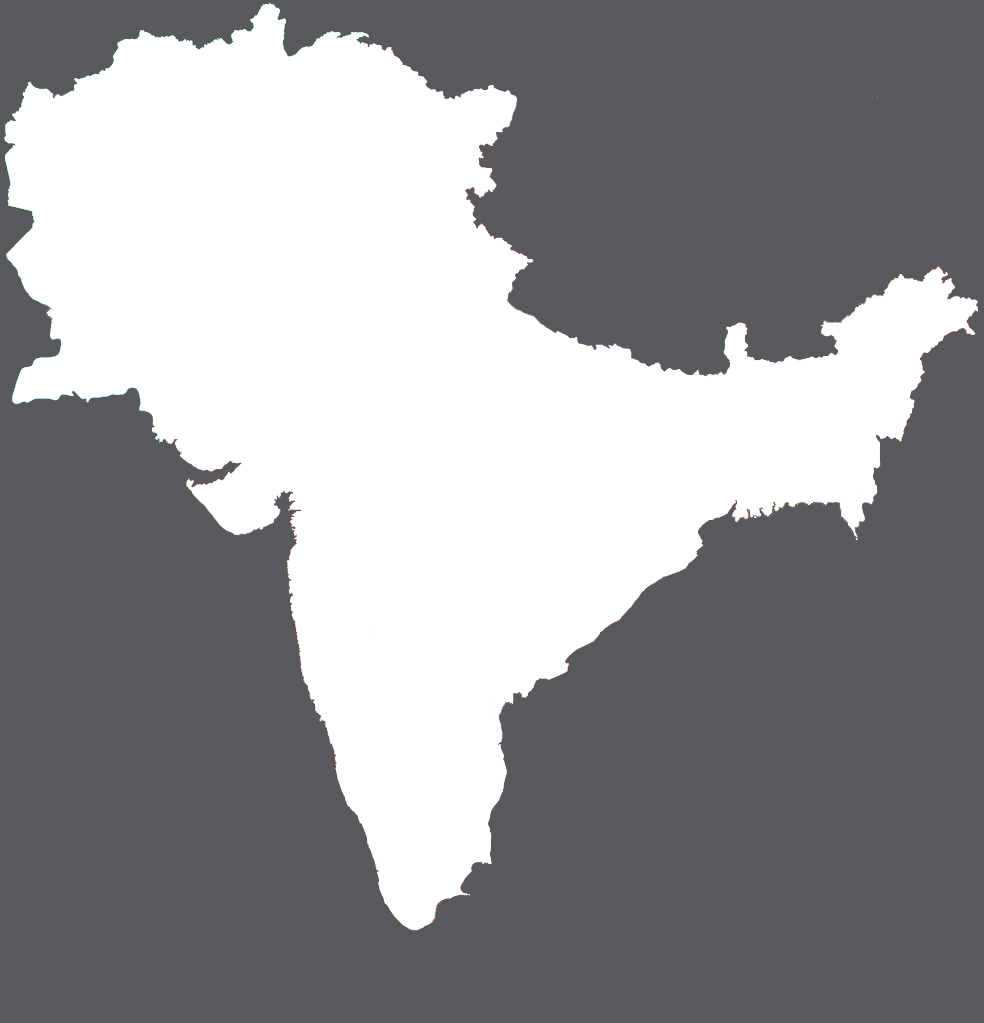Child underweight, land productivity and public services: a district-level analysis for India
Though India’s rank has improved in the Global Hunger Index, contributed largely by the fall in the underweight rates for children, concerns of high level of undernutrition in predominantly agricultural pockets remain. This study aims at linking child underweight rates to agricultural land productivity, a proxy for agricultural prosperity, and to the provisioning of public services, using district-level data.
Review of Agri-Food Value Chain Interventions Aimed at Enhancing Consumption of Nutritious Food by the Poor: India
Efforts to give a pro-nutrition focus to agriculture to address the problem of undernutrition in developing countries have predominantly focused on boosting production and/or consumption of nutritious foods by farm households. While this is clearly appropriate in countries where a large proportion of the poor have agriculture as their main source of livelihood, as in South Asia, it is increasingly recognised that a majority of the poor derive some or all of their food through markets (Henson et al. 2013).
Gender Differences in Adolescent Nutrition: evidence from two Indian districts
Using quantitative data from a one-time survey followed by ethnographic research in two sites in India (Koraput district in Odisha and Wardha district in Maharashtra), this paper seeks to examine the conundrum of gender differentials in adolescent nutrition. While large-scale datasets, as from the National Institute of Nutrition (NIN), suggest that adolescent boys are slightly more undernourished than girls, micro-studies often contradict this finding.
